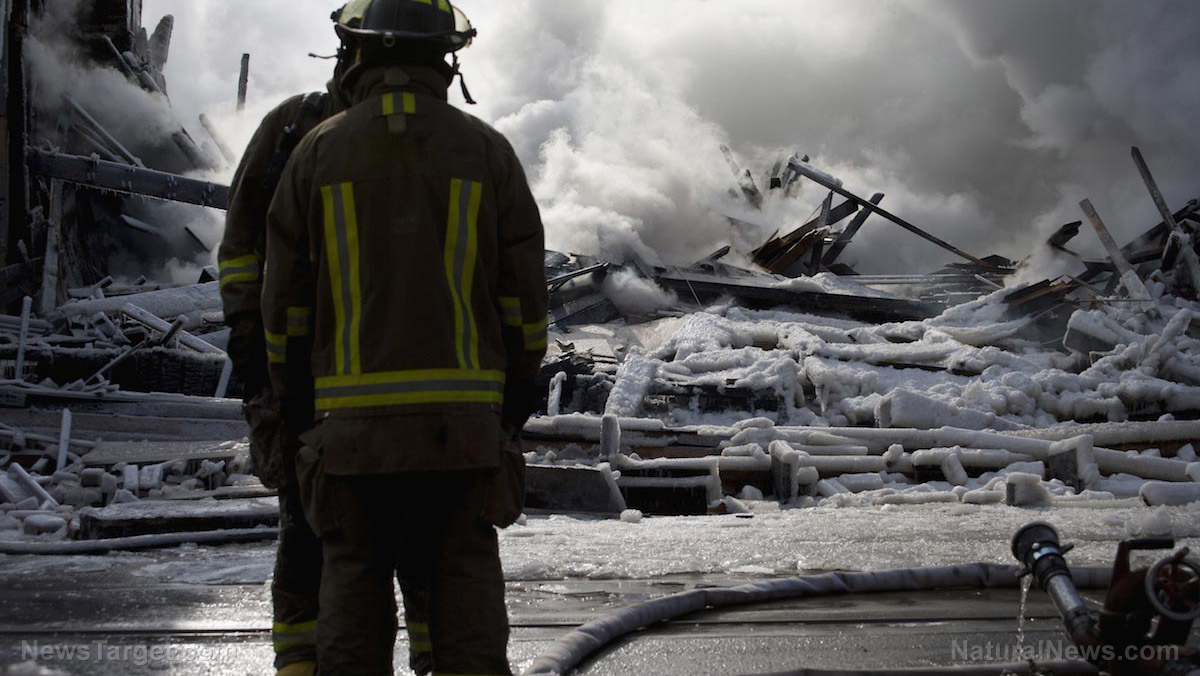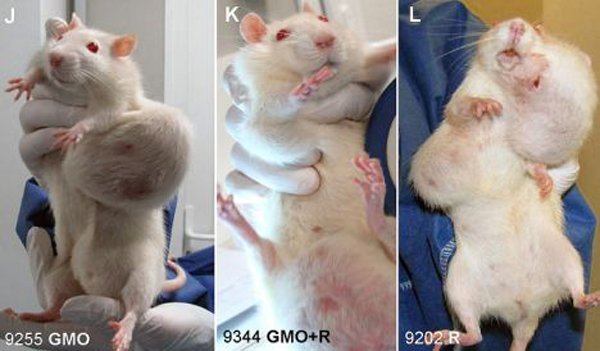Exchanging one poison for another: It’s costing the military millions to clean up chemicals from toxic firefighting foam, but the new formula isn’t any safer
02/27/2018 / By Edsel Cook

When it comes to the issue of toxic firefighting foam, the U.S. military is always fighting a futile rearguard action. It used the same fluorine-heavy formula for decades and dumped tons of that same foam into the sea. Now it’s spending billions on clean-up efforts, and its supposedly new foam formula is just more of the same cancer-causing chemicals, warned The Intercept.
Developed during the ’60s, aqueous film-forming foam (AFFF) forms a thin layer over the surface of a combustible material. This layer starves the fire and stops the release of potentially explosive fuel vapor.
AFFF was widely used around the world by the U.S. and other countries, sometimes to fight real fires but mostly to train firefighters.
The foam relied on fluorinated surfactants to spread itself across surfaces. These chemicals were comprised of polyfluoroalkyl substances (PFAS) that included PFOA and PFOS.
PFAs are persistent chemicals that are expensive to clean up and have proven to cause various health issues up to and including cancer. (Related: Pizza boxes and food containers contain cancer-causing chemicals, alarmed scientists warn.)
The dangers of AFFF
As early as 1974, experts have been concerned about the environmental dangers of AFFF. They reasoned that anything that ruined the potability of water should not be dumped into important bodies of water.
Despite these recommendations, the U.S. military dumped uncounted gallons of firefighting foam into military harbors. According to a 1978 report by the Naval Ship Research and Development Center, AFFF would “not be environmentally significant.”
In 2000, the main manufacturer of firefighting foam for the military – 3M – conducted a study where monkeys were exposed to PFOs. After the lab animals developed serious health complications or died, 3M declared it would stop making AFFF and any related fluorine products.
The EPA urged both private companies and the U.S. military to look into safer alternatives. It also set the safe threshold for PFOS and PFOA to 70 ppt for each chemical and 70 ppt for combined levels.
U.S. states such as New Jersey, Vermont, and Minnesota set even lower PFOS and PFOA thresholds.
According to The Intercept, foam and surfactant manufacturers formed the Fire Fighting Foam Coalition (FFFC) lobby to market their fluorine-based products as environmentally responsible, safe for humans and the best firefighting option for the military.
Despite this effective lobby, more and more health-related cases related to firefighting foam contamination are coming up to this day. According to the lists released by the U.S. military, the water supply for more than 40 military installations have been contaminated by PFOS and PFOA at levels that went well past the EPA’s threshold limit.
The U.S. military is cleaning contaminated sites and providing drinkable water for affected residents and personnel. The cost is expected to exceed $2 billion.
They’ve also adopted a new formulation that they claim is environmentally responsible. However, the new foam simply substituted the old chemical cocktail with related PFAS molecules, warned The Intercept.
The new PFAS chemicals are almost as toxic as PFOS and PFOA. They’re also more difficult to filter out of drinking water.
There are also concerns regarding the other chemicals used in firefighting foam, as the U.S. military has limited its efforts to PFOS and PFOA.
Fluorine-free alternative
Former AFFF manufacturer 3M developed fluorine-free firefighting foam that was almost as effective as AFFF. However, the U.S. Navy rejected it because its requirements called for fluorine surfactants.
When 3M closed its firefighting foam division, a Norwegian company named Solberg picked up the fluorine-free formula. They’ve successfully marketed the new foam to Scandinavian air forces, oil corporations and Heathrow Airport in the U.K.
Wary about the dangers posed by chemicals? Get updated with Chemicals.news.
Sources include:
Tagged Under: AFFF, aqueous film-forming foam, chemicals, firefighting, firefighting foam, fluorine surfactants, fluorine-free foam, military, PFAS, PFOA, PFOS, toxins




















